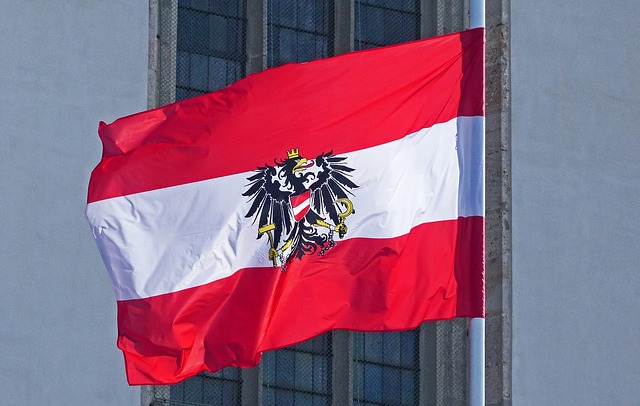August 16, 2022
In 2021, social expenditure reached the highest level so far with 132 billion euros (+2.3 % compared to the previous year) according to preliminary results of Statistics Austria. Due to the economic growth being considerably stronger than in 2020 (+6.2 %), the social expenditure-to-GDP ratio which expressesthe share of social expenditure in the gross domestic product (GDP)
declined to 32.8% (2020: 34.1 %).
“In the second Corona year, expenditure amounting to almost one third of Austriaʼs gross domestic product flowed into social affairs. The social expenditure-to-GDP ratio, i.e. the share of social expenditure in gross domestic product, declined in 2021 due to economic growth compared to the 2020 value. However, at 32.8 %, the social expenditure-to-GDP ratio was still at a significantly higher level than in previous years. By way of comparison: In the economic and financial crisis of 2009, it was 29.6 %, in 2019 29.3 %,” said Tobias Thomas, Director General of Statistics Austria.
A comparison of the last 30 years shows an average share of social expenditure in GDP of 30.2 % for 2011 to 2021, while it was just above 28 % during the two previous decades (2001–2011: 28.3 %; 1991–2001: 28.1 %).
Lower social expenditure for coping with the COVID-19 crisis in 2021
In 2021, because of the recovery on the labour market substantially less was spent for short-time working allowances (-33 %; 2021: 3.7 billion euros) and unemployment benefits (-32 %; 1.6 billion euros) (refer to table 2). On the other hand, expenses for unemployment assistance have risen slightly (+2 %; 1.9 billion euros) due to the increasing long-term unemployment. Support for self-employed, granted to compensate loss of income caused by the pandemic, saw a remarkable increase (+14 %; 2021: 1.3 billion euros).
The strong decline in family allowance (-15 %; 2021: 3.6 billion euros) was mainly caused by the reduction of the COVID-19 child bonus which lead to falling expenses for families and children in total (-3 %). The decline was remarkably lower than for labour market and unemployment related social benefits (-14 %). Compared to 2020, sickness and health care expenses grew above average (+7 %) resulting from several additional COVID-19 measures (tests, vaccines, protective equipment etc.).
Old-age and health care benefits predominate
Within the Austrian welfare system, benefits for people at the pension age predominate: In 2021, about 56 billion euros (+5 % compared to the previous year) were spent on old-age pensions, civil servants’ pensions, occupational pensions and on care services, equating to 43 % of total social benefits expenditure. Expenditure on sickness and health care comprising all age groups, at a level of 34 billion euros, was in second place with a share of 26 % in total social benefits. The remainder accounted for the following other social benefit domains: 9 % unemployment and family/children each, 5 % both disability and survivors as well as 2 % housing/social exclusion.






